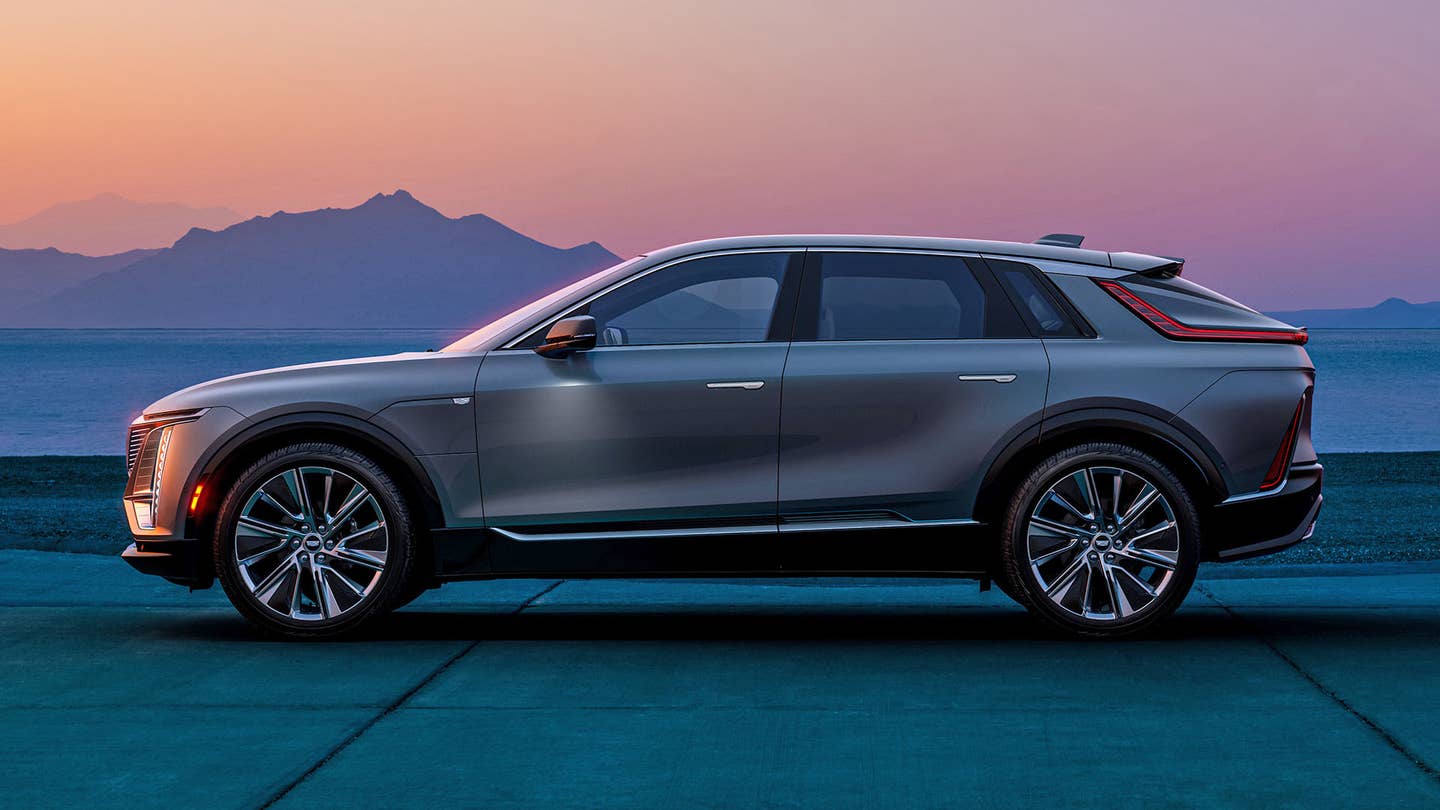This month’s introduction of the new EV tax credit brings along some complexities. An issue of crucial importance to many car manufacturers pertains to the sourcing of battery materials by March. The process has become more meticulous. One prime example is the categorization of the 2023 Cadillac Lyriq by the IRS; it is labeled as a vehicle, not an SUV due to the absence of AWD— at least for now. In essence, the eligibility of Lyriq for tax credit is determined by how the vehicle type impacts the price threshold. SUVs have an $80,000 cap and qualify for a $7,500 tax credit. Conversely, sedans, wagons, and other similar vehicles are limited to a $55,000 price ceiling to avail the same benefits.
General Motors, the parent company of Cadillac, is engaging in discussions with the U.S. Treasury Department to reclassify Lyriq as an SUV, according to Reuters. GM is not singular in facing governmental challenges. Take Volkswagen ID.4, for instance, which is deemed an SUV only in AWD variants; RWD models are ineligible for any tax credits. Similarly, the IRS positions the Ford Mustang Mach-E as a car. Regardless of whether this infers that the Mustang Mach-E is a genuine Mustang, the consequence is that lower-tier trims like the Select qualify for tax credits, while the pricier GT does not. Interestingly, the high-tier Premier Mach-E seems to be priced at the brink of the $55,000 cap, at $54,975.

Cadillac
The ongoing debate around car-SUV-crossover classifications is anticipated to persist as more vehicles become eligible for tax credits. Moreover, to be equitable towards the federal authorities (a rarity, I must say), carmakers frequently blur the boundaries of what constitutes an SUV. General Motors introduces new panels and raises the Chevy Bolt, naming it EUV, despite maintaining a drivetrain similar to the regular Bolt. Mazda mirrors this strategy with the CX-30, essentially a lifted Mazda 3. Other manufacturers such as Subaru, Mercedes, and others follow suit.
While the government’s classification of Lyriq as a car may not be the wisest decision, there is a need for balance. Car manufacturers shouldn’t interpret the rules to their advantage by categorizing everything as an SUV solely to maximize tax benefits. On the other hand, absolute governmental authority is also not the ideal scenario; the rationale behind this is best left unexplained. Collaborative dialogue is imperative, and any potential reclassification of vehicles will shed light on the effectiveness of such interaction.
Have a tip? Share it with us at: tips@thedrive.com
